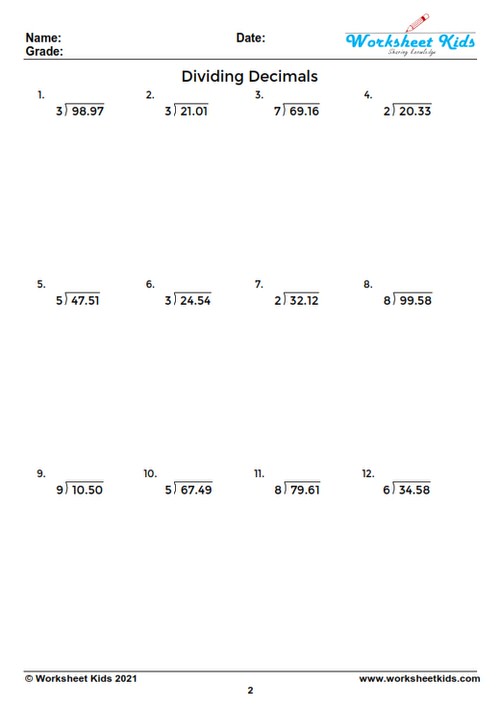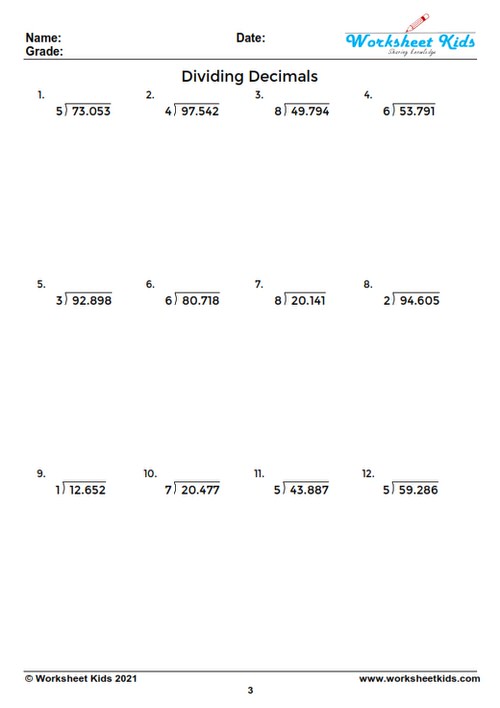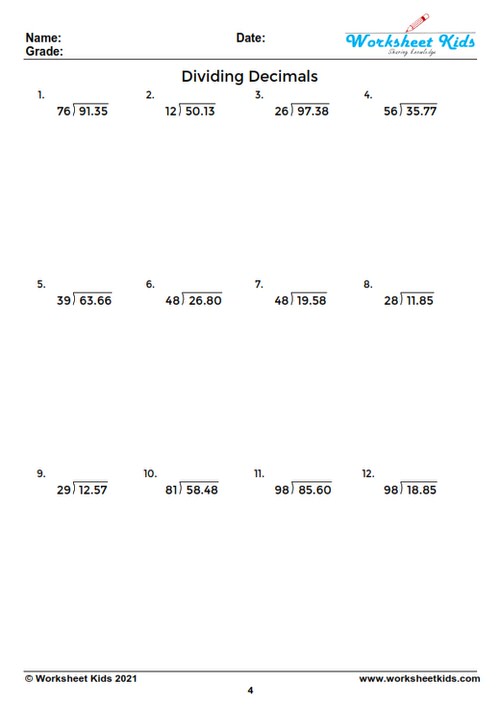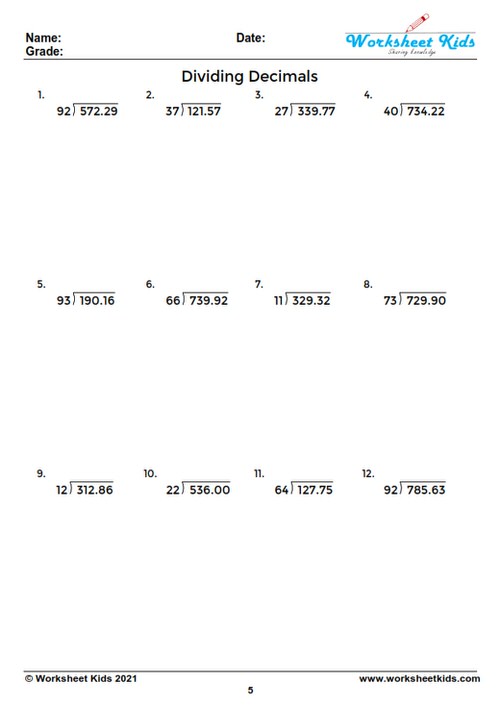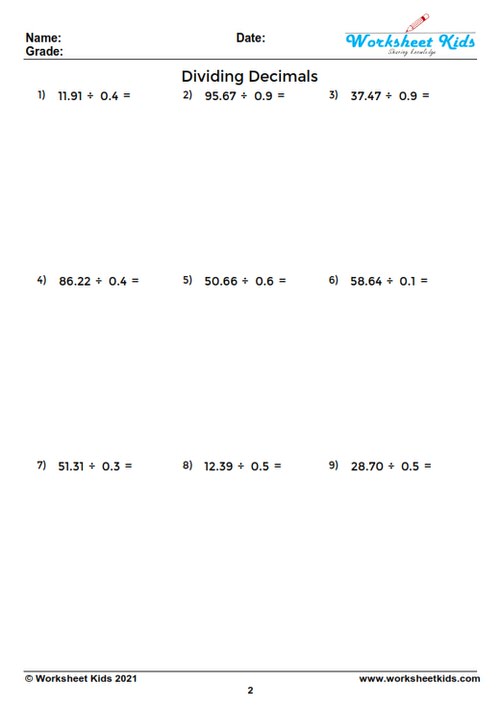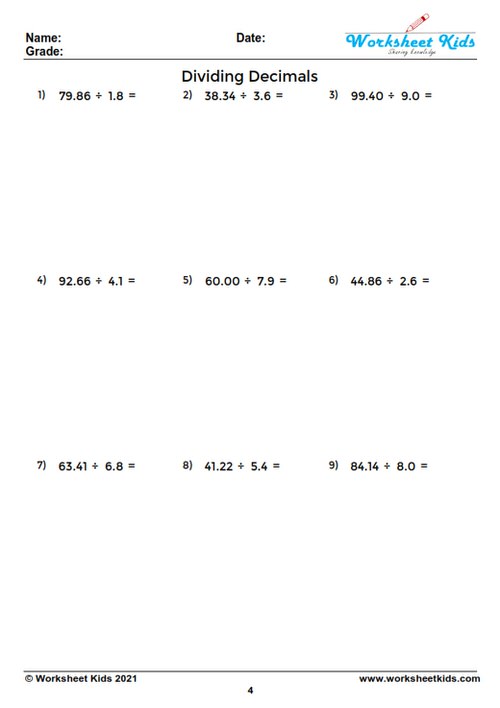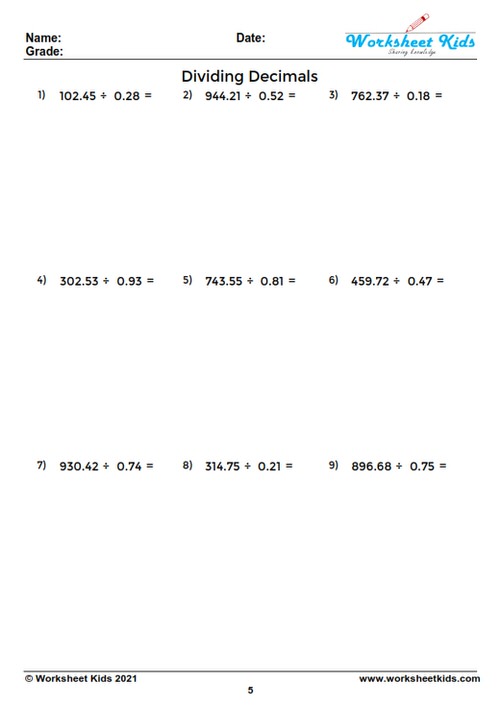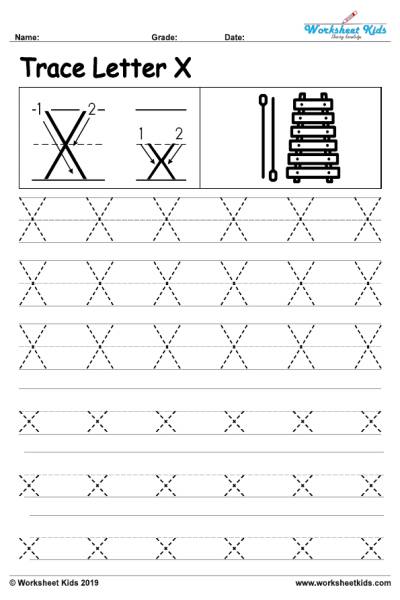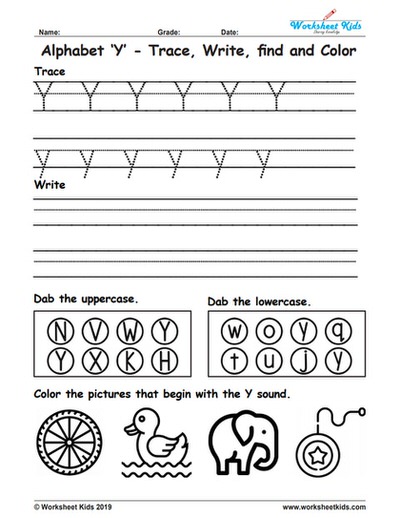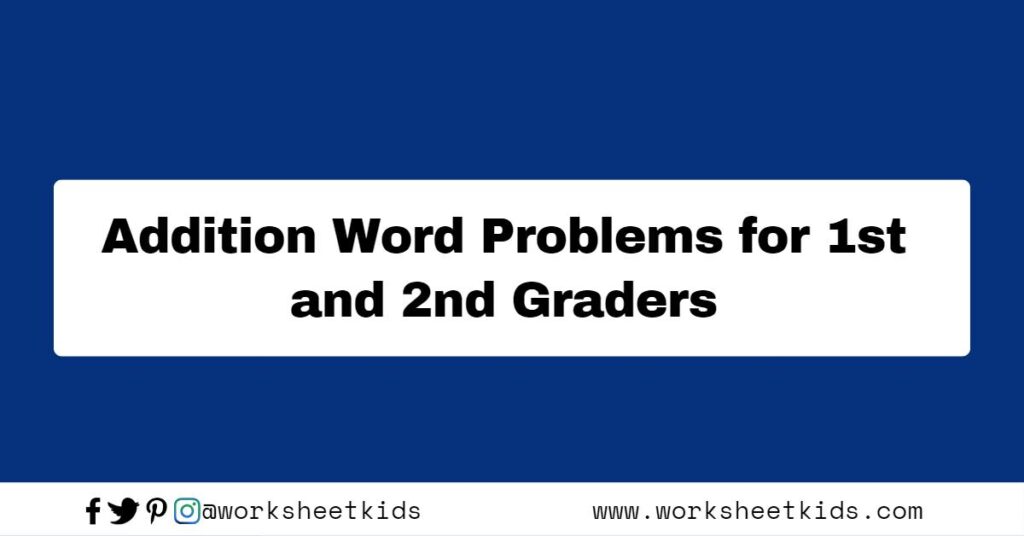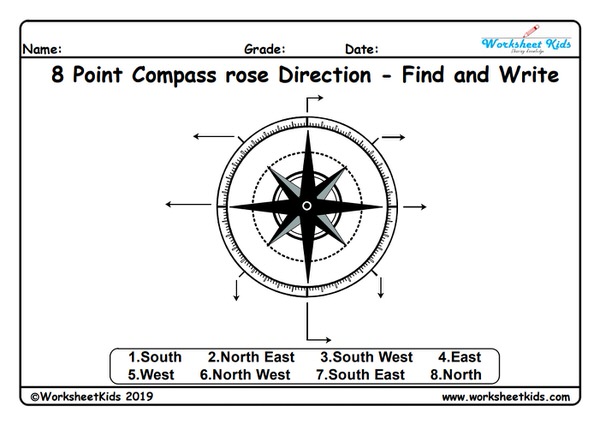A downloadable dividing decimals worksheet with an answer key helps teach decimals. The free PDF can be printed and used in the 5th or 6th grade classroom if needed. It is best to practice students divide decimals problems by whole numbers and decimals so they are prepared for high school math classes.
Teachers and parents can use these worksheets for their students and kids to practice dividing decimals problems by a whole number and a decimal. They also practice writing the quotient and remainder of a division problem.
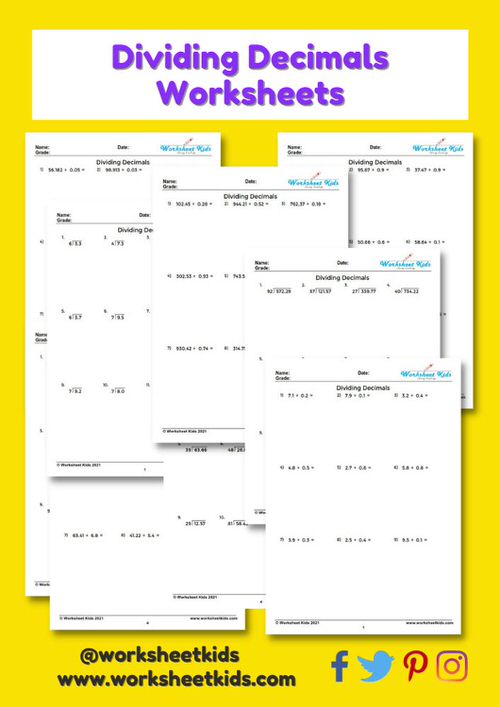
Practice how to solve decimal division problems at home and school
Step-by-step instructions on how to solve the dividing decimals by whole numbers problem. all the problems in dividing decimals worksheet are solved in following steps.
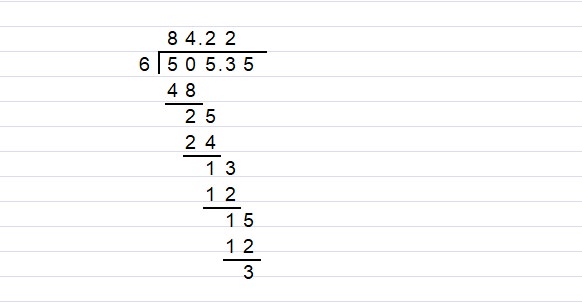
- To divide the given numbers, we write both of them, 505.35 (dividend) and 6 (divisor), side by side, as shown in the diagram. The resulting quotient will be written above the dividend.
- We need to choose the minimum number of digits from the dividend (505.35) such that the divisor (6) is smaller than the number formed by these digits. In our example, we must choose 2 digits, giving us the number 50. We find that 6 goes into 50 no more than 8 times (6 x 9 = 54 is greater than 50; however, 6 x 8 = 48 is less than or equal to 50), so we place an 8 above the 505.35 as the first digit in our quotient
- We have already discovered that 6 goes into 50 no more than 8 times. We now calculate that 6 x 8 = 48, placing 48 underneath 50. Now we must find the difference between 50 and 48.
- We subtract 50 minus 48 and write the result, 2, in the diagram. Observe that no minus sign is drawn in the diagram for this subtraction.
- We need to go on performing the division. We place the next unused digit of the dividend, which in our example, is the number 5, next to the result of the last subtraction, which in our example, is the number 2. Now we are ready to go on with the division process, which consists of dividing the number 25 by the divisor 6.
- We find that 6 goes into 25 no more than 4 times (6 x 5 = 30 is greater than 25, however, 6 x 4 = 24 is less than or equal to 25), so we place a 4 above the 505.35 as the next digit in our quotient.
- We have already discovered that 6 goes into 25 no more than 4 times. We now calculate that 6 x 4 = 24, so we place 24 underneath 25. Now we must find the difference between 25 and 24.
- We subtract 25 minus 24 and write the result, 1, in the diagram. Observe that no minus sign is drawn in the diagram for this subtraction.
- In order to go on performing the division, we need to add a decimal point in the quotient. This is because the next digit of the dividend that we need to use, 3, is the first digit after the decimal point.
- We need to go on performing the division. We place the next unused digit of the dividend, which in our example, is the number 3, next to the result of the last subtraction, which in our example, is the number 1. Now we are ready to go on with the division process, which consists of dividing the number 13 by the divisor 6.
- We find that 6 goes into 13 no more than 2 times (6 x 3 = 18 is greater than 13; however, 6 x 2 = 12 is less than or equal to 13), so we place a 2 above the 505.35 as the next digit in our quotient.
- We have already discovered that 6 goes into 13 no more than 2 times. We now calculate that 6 x 2 = 12, so we place 12 underneath 13. Now we must find the difference between 13 and 12.
- We subtract 13 minus 12 and write the result, 1, in the diagram. Observe that no minus sign is drawn in the diagram for this subtraction.
- We need to go on performing the division. We place the next unused digit of the dividend, which in our example, is the number 5, next to the result of the last subtraction, which in our example, is the number 1. Now we are ready to go on with the division process, which consists of dividing the number 15 by the divisor 6.
- We find that 6 goes into 15 no more than 2 times (6 x 3 = 18 is greater than 15; however, 6 x 2 = 12 is less than or equal to 15), so we place a 2 above the 505.35 as the next digit in our quotient.
- We have already discovered that 6 goes into 15 no more than 2 times. We now calculate that 6 x 2 = 12, so we place 12 underneath 15. Now we must find the difference between 15 and 12.
- We subtract 15 minus 12 and write the result, 3, in the diagram. Observe that no minus sign is drawn in the diagram for this subtraction.
- We finally write the result of the given division.
Dividing decimals by whole numbers worksheet
Many students are not familiar with dividing decimals by whole numbers. This leaves them unprepared for the questions on the math section of the SAT. There are many different techniques to use when dividing decimals by whole numbers, but it is important not to use more than one technique in order to maximize speed.
One technique is to break down the decimal into tenths or hundredths if necessary and then see what number would go in that spot on the dividend.
Grade schoolers are often introduced to the concept of dividing decimals by whole numbers in grade three. For children, these early introductions may not be very successful and may result in frustration. The aim of these worksheets is to provide an understandable explanation of how this type of decimal division problem works.
A divisor is always a whole number, whereas the dividend can be either a whole number or a decimal number.
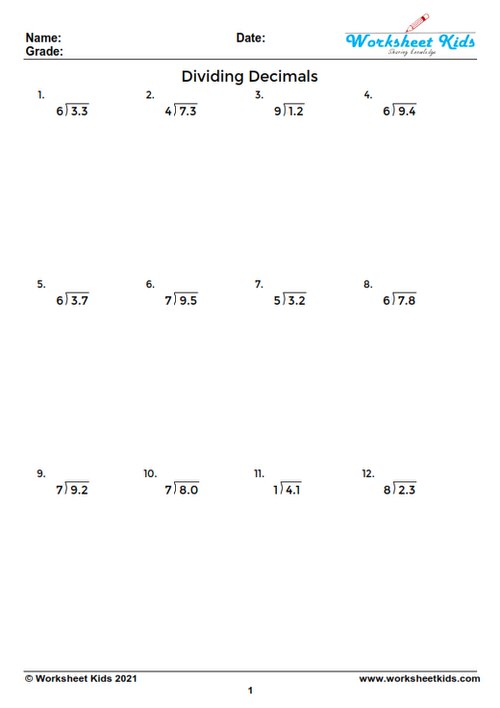
Answer key: Download
Dividing decimals by decimals worksheet
There’s nothing wrong with the confusing decimal dividing by decimal worksheet.
Dividing decimals can be a difficult task for students. Dividing by decimals is different than dividing by whole numbers. Not only is there a decimal divide, but also a decimal remainder and two decimal answers of the final answer of the division. There is no need to panic, though, because our worksheet has all of the answers listed for you! All you have to do is solve the problems in your document and follow the directions!
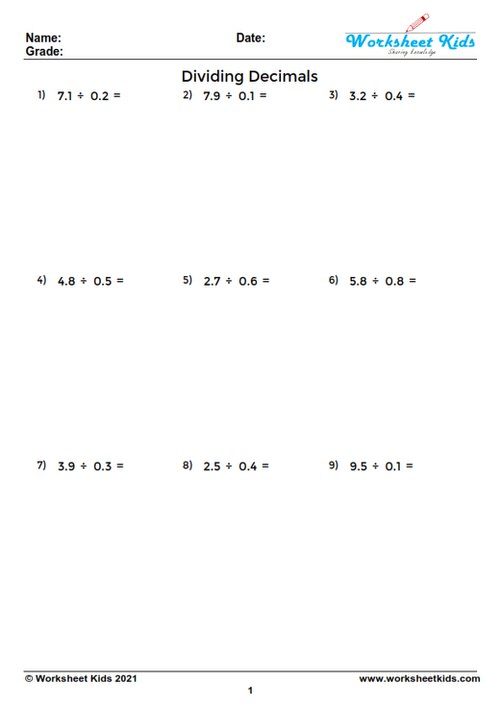
Answer key: Download
In conclusion, this Dividing decimals worksheet printables are a great way to introduce or review dividing decimals for those in 5th and 6th grade. It is available as pdf and will allow students to practice this skill.
This printable can be downloaded on the website and is a great resource for students in 5th and 6th grade who want to learn about the process of dividing decimals.

